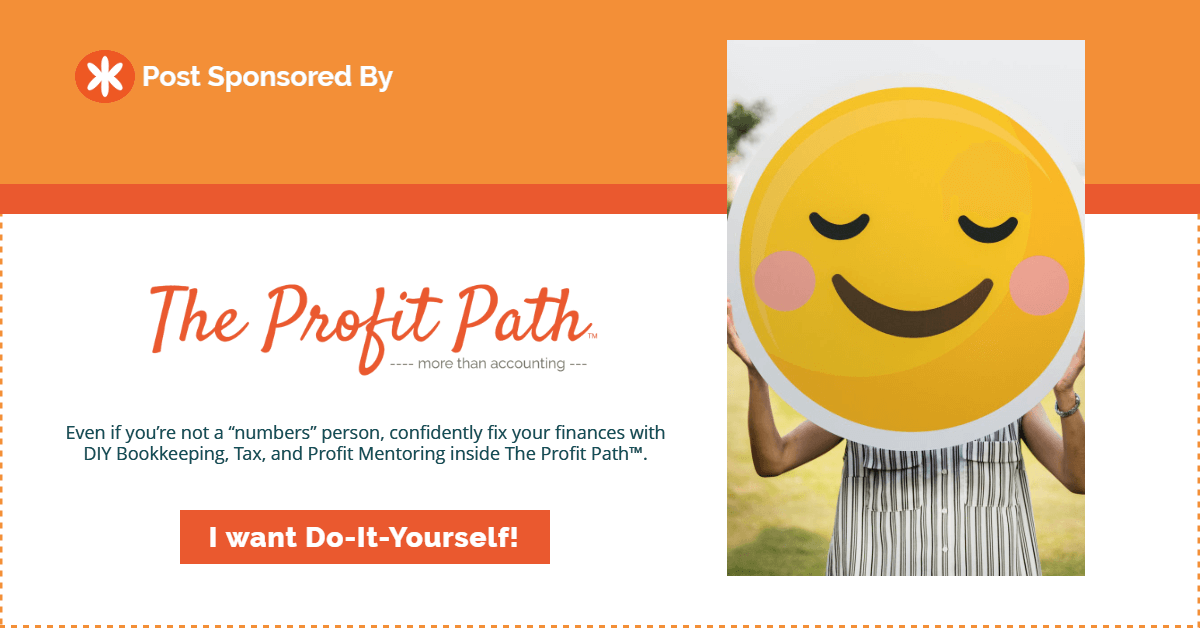As Certified Profit First Professionals, we’re driven to constantly remind our clients that there’s no such thing as “tax season.” Maybe a better way to say it is that tax season lasts all year long.
Don’t click away—this is actually good news! That is, if your Amazon FBA, eCommerce, or Online Business follows the “Pay-Play-Profit” model.
One of the many, many benefits of using the “Pay-Play-Profit” model is always being sure of having the funds you need to pay your taxes in full, on time, every time. If you’ve never done this, or only done it once in a great while, you’re in for a real treat.
We’re not joking when we say that dropping Uncle Sam a payment by check or online ACH on time (or even ahead of time) is an incredibly rewarding experience.
It makes you feel like a boss, like you’re running your business as a seasoned pro and that you’ve got your finances well in hand. You’re ready for growth and can keep growing!

In that spirit, paying quarterly estimated taxes is more than a business must—it’s a great way to experience that reward feeling more often.
Here’s a quick refresher on everything you need to know about paying estimated taxes for your Amazon FBA, eCommerce, or Online Business.
What are quarterly estimated tax payments?
Quarterly estimated taxes are made on income that is not subject to withholding tax.
This means just about all income that is NOT earned from a job that provides you with a W-2 at year end. These estimated tax payments go to pay income taxes, self-employment taxes, and alternative minimum taxes.
The IRS wants you to pay your taxes as you go, not wait until tax filing time for your prior year’s tax liabilities to be paid.|
Who has to pay quarterly estimated tax payments?
If you have non-payroll-related income that would require you to pay over $1000 in additional taxes in a year, you are expected to make quarterly estimated payments.
What happens if I don’t make quarterly estimated tax payments?
If you do not make quarterly estimated payments and your additional tax liability at the end of the year exceeds $1,000, you will be subject to penalties and interest.
When are estimated tax payments due?
April 15, June 15, September 15, and January 15 of the following year.
If you file your tax return by January 31 of the following year, you do not need to make the January 15 estimated tax payment.
The actual payment schedule for 2019 Estimated Tax Payments are:
Apr 19, 2019 > for Income Earned Jan 1 to Mar 31
Jun 17, 2019 > for Income Earned Apr 1 to May 31
Sep 16, 2019 > for Income Earned Jun 1 to Aug 31
Jan 15, 2020 > for Income Earned Sep 1 to Dec 31
How do I pay my quarterly estimated taxes?
Individuals can pay by sending in a check with an estimated tax voucher that were likely included with your completed tax return.
If you did not have a tax liability greater than $1000 at the time of filing it is possible that estimated tax vouchers were not generated.
You can also use IRS Form 1040ES to mail your payment. The easiest way is to pay your taxes online. Corporations must use the EFTPS payment system.
How are the payments calculated?
Honestly, this is a loaded question and not one that can be easily answered with a simple formula. We will walk through what could be considered an oversimplified formula to give an idea on where to even begin this process.
The general method is to estimate what your expected income and profits subject to self-employment tax for the year will be. This will give you the ability to calculate a full year’s estimated tax liability.
You’ll need to then use the Estimated Tax Worksheets on IRS Form 1040-ES to apply the calculations to provide a relatively accurate amount for your estimated tax liabilities.
Once you have an annualized estimate for your tax liability, you can then divide that into four payments to know what you should ideally pay each quarter.
If you’ve had any overpayments applied from a prior tax year or made any estimated tax deposits, you’ll want to make sure you subtract those amounts from your annualized estimate.
Divide the estimated balance that remains by the number of estimated tax payments not yet made. It’s best not to overpay the IRS through your quarterly tax deposits, but better than underpaying or providing no estimated tax payment at all.
Plus, don’t forget about any quarterly estimated tax payments you should be calculating and making for your State income tax liabilities. It’s not just Federal tax you need to care about.
The nine states that do NOT have state income tax are: Alaska, Florida, Nevada, New Hampshire, South Dakota, Tennessee, Texas, Washington, and Wyoming.
Maybe the best advice is don’t journey alone. This tax stuff can get tricky!
Connect with your own Accountant or Tax Preparer to help take some of the heavy lifting off your shoulders where quarterly estimated tax payments are concerned.
Or, connect with our team at DigiTax Pro™ about completing an Estimated Tax Analysis.
What is the “safe harbor” method?
For Individuals, the safe harbor method allows you to make 4 equal quarterly estimated payments based on 90% of your previous year’s tax liability.
If you do this, you will not be assessed penalties even if your tax liability increases significantly from year-to-year. This is a true simplified method to quarterly estimated tax!
The downside is that a person with rapidly growing income could be left with a large tax balance due on April 15. A cash management method like Profit First alongside a working “Pay-Play-Profit” model can help you financially plan for this without added stress.
Can my Amazon FBA, eCommerce, or Online Business make my payments for me?
For Individuals with pass-through income from LLC’s or S-corps, your tax liability is a personal income tax. Your business cannot make the payments and deduct them as an expense.
If the company does make the payments on your behalf they would need to be coded to Owner’s Draw or Shareholder Distributions.
The Bottom Line
There are two ways to look at your taxes: as an unpleasant and unpredictable chore that you put off as long as possible. Or, consider the view as a manageable necessity of keeping your Amazon FBA, eCommerce, or Online Business financially strong.
By having a plan for your money, you can drop that check in the mail (or make it easily online!) each quarter and keep scaling to new heights in your online climb with less stress.

